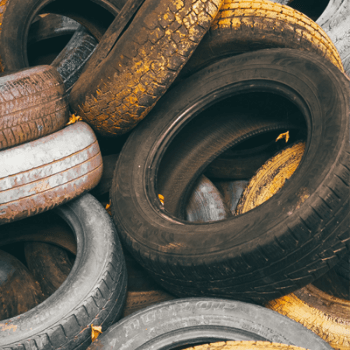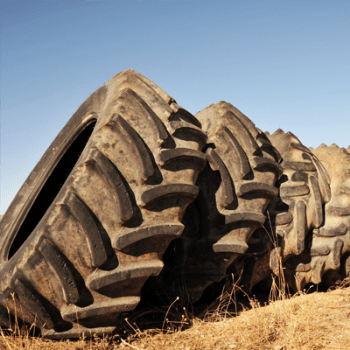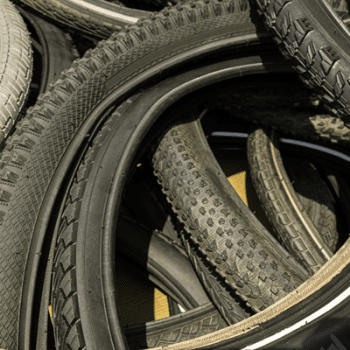End-of-waste tires (ELTs)
The activity with end-of-life tires that Nord holding carries out includes collection,
transportation to our sites, temporary storage and handover for recycling or recovery.
Types of еnd-of-life tires

WASTE TIRES FROM CARS,
BUSES, TRUCKS

WASTE TIRES FROM CONSTRUCTION,
INDUSTRIAL AND
AGRICULTURAL MACHINERY

WASTE TIRES FROM BICYCLES,
MOPEDS AND MOTORCYCLES
Recycling process
The process of recycling еnd-of-life
tires includes the following operations:
Benefits
End-of-life tires are collected and accepted for a fee paid by the supplier.

